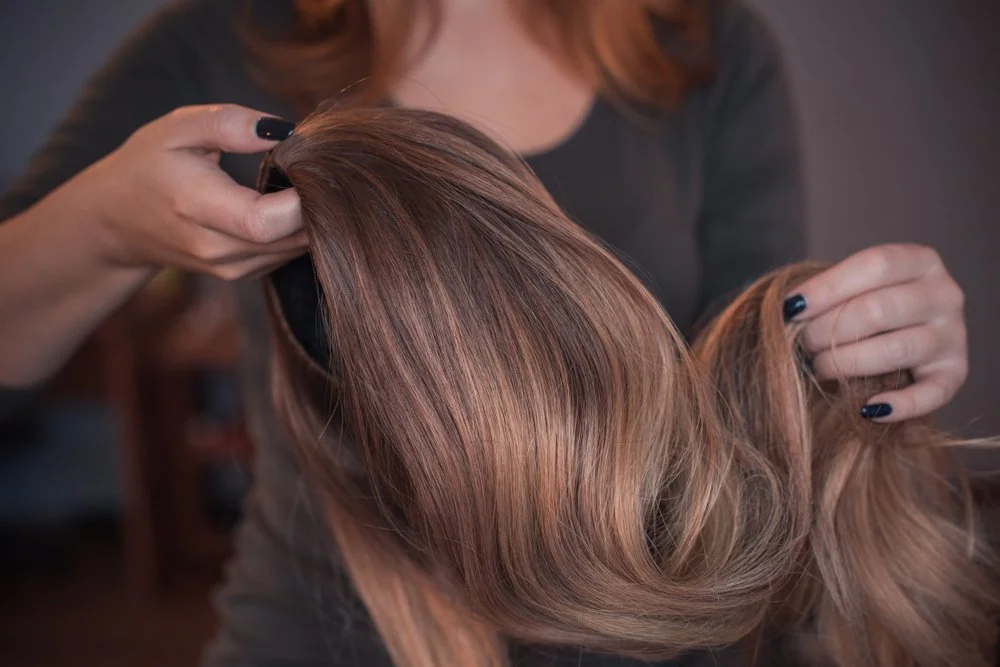What Does Hair Density Mean for a Wig?
There are several important features that should be considered when purchasing any new wig or hair piece, and one of these is the density of the hair you're looking at. What do we mean when we talk about hair density, and what are some density ranges you might consider for a wig?
At Judi's Wigs, we're happy to offer Oklahoma's best selection of not only wigs and hair pieces, but also wig care services and much more. We regularly work with clients to detail the meaning of hair density and why it's important, plus to select the ideal hair density for their own needs. What do you need to know about this vital area? Here's a simple primer.
What is Wig Density?
Simply put, wig density refers to how thick or thin the hair on a wig appears. This is determined by the number of individual hairs per square inch (we'll use "inch" for simplicity's sake, even though wigs are available in metric measurements as well). The thicker the density, the fuller the look - but too much density can also appear artificial, and may be heavy and hot to wear for some people.
While hairs per inch is the primary method for determining hair density, it's not typically the way these figures are presented to clients. Rather, wigs will be split up by density percentages. We'll go over some basic ranges here in a moment.
Why Wig Density Matters
Wig density is very important for a few reasons. First, it helps you to create the look that you're going for with your wig. If you want a wig that looks and feels like your real hair, then you'll likely want one with similar density. On the other hand, if you're looking for a more voluminous or dramatic look, then you might want to consider a wig with higher density.
Second, the density of your wig can also affect its overall comfort level. A very dense wig may be quite heavy, and could cause headaches or neck pain if worn for long periods of time. If you have any concerns about your ability to wear a thick wig comfortably, it's best to consult with your wig specialist.
Wig density can also play a role in how much heat the wig will retain. A very dense wig may feel quite warm, especially in hot weather - so if you're looking for a cool and comfortable option, you might want to consider a wig with lower density.
And as you may have already guessed, wig density is also very important for the overall cost of the wig. Wigs with higher density typically cost more than those with lower density, so if you're on a budget you may want to consider a less dense option.
Common Density Ranges
Precise hair density ranges for wigs and hair pieces will vary based on their manufacturer, but some of the general templates here include:
60% Density: One of the lightest options available, 60% density wigs are typically very comfortable to wear and won't overheat the wearer. They're ideal for those with sensitive scalps, and can also be a good choice for those with fine or thinning hair.
80% Density: Wigs in the 80% range offer a bit more fullness than lighter options, but are still quite comfortable to wear. They're a good option for those who want a little more volume without sacrificing comfort.
100%-110% Density: Some of the most "natural" looking wigs on the market, those in the 100-110% density range offer a very full look. They're typically not too heavy, and have a lighter texture near the hairline that gradually turns into a medium density for the rest of the piece.
120%-130% Density: While it may be a bit confusing at first, this is actually the range where "normal" human hair tends to fall. Wigs in this density range offer a full, thick look, and are considered some of the most "standard" in the industry.
150% Density: Now we're getting into the medium/heavy range for wigs, those that give a fuller and more dramatic look. Wigs in this density range are still quite comfortable to wear, but may feel a bit warmer than lighter options.
180% Density: This is one of the heaviest wig densities available on the market, and offers a very full and dramatic look. They can be quite warm to wear, and may be too heavy for some people -- but for those who want a thick and full wig, this is the range you'll want to consider.
200% Density: While there are sometimes specialty density options offered that are even thicker, the highest regular option in most wig lines is 200%. These wigs offer an extremely full look, and are quite heavy and warm to wear. They're not recommended for first-time wig wearers, or those with sensitive scalps. These wigs are often used by stage performers or others who require a very full look.
Making Your Choice
There will be several factors that go into your decision of which wig density is right for you, including your budget, the look you're going for, and your own personal comfort level. Consult with your wig specialist to find the perfect density range for your needs.
At Judi's Wigs, we're happy to assist any way we can. Give us a call or come into our store, and one of our experts will be more than happy to help you find the perfect wig for your needs. We carry wigs in all density ranges, and would be happy to help you find the perfect one for you.

